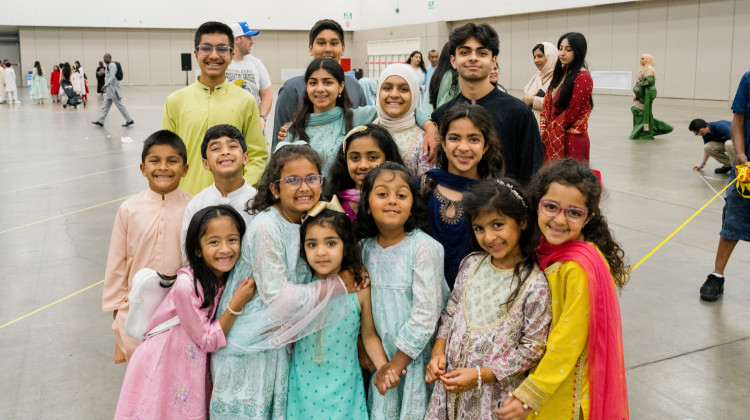
Children at the Indiana Convention Center getting ready for Eid al-Adha prayer on June 16, 2024. Eid is a time when Muslims buy new clothes for their children and show off traditional attire.
Courtesy of Ziad HefniMaryam Qureshi’s schedule is jam-packed.
She is an attorney and a mother of four. But she’s also the daughter of immigrants from Muslim-majority Pakistan, and so, putting in the time and work into organizing a massive Eid al-Adha prayer almost feels like a duty.
“My parents taught us at a young age that we should be proud of practicing our religion, even though we're not the majority here,” Qureshi said. “It's important for me to show a legacy, not only for my own kids, but for the whole community because they're all our children. And we want them to feel like ‘Oh my gosh, I might not necessarily look the same as people in my class. But I look like the same people that come together and pray together.’”
At the Indiana Convention Center in downtown Indianapolis, a few thousand community members poured into a sprawling hall on the first day of Eid al-Adha on Sunday morning, filling it with chatter, laughter and a prayer.
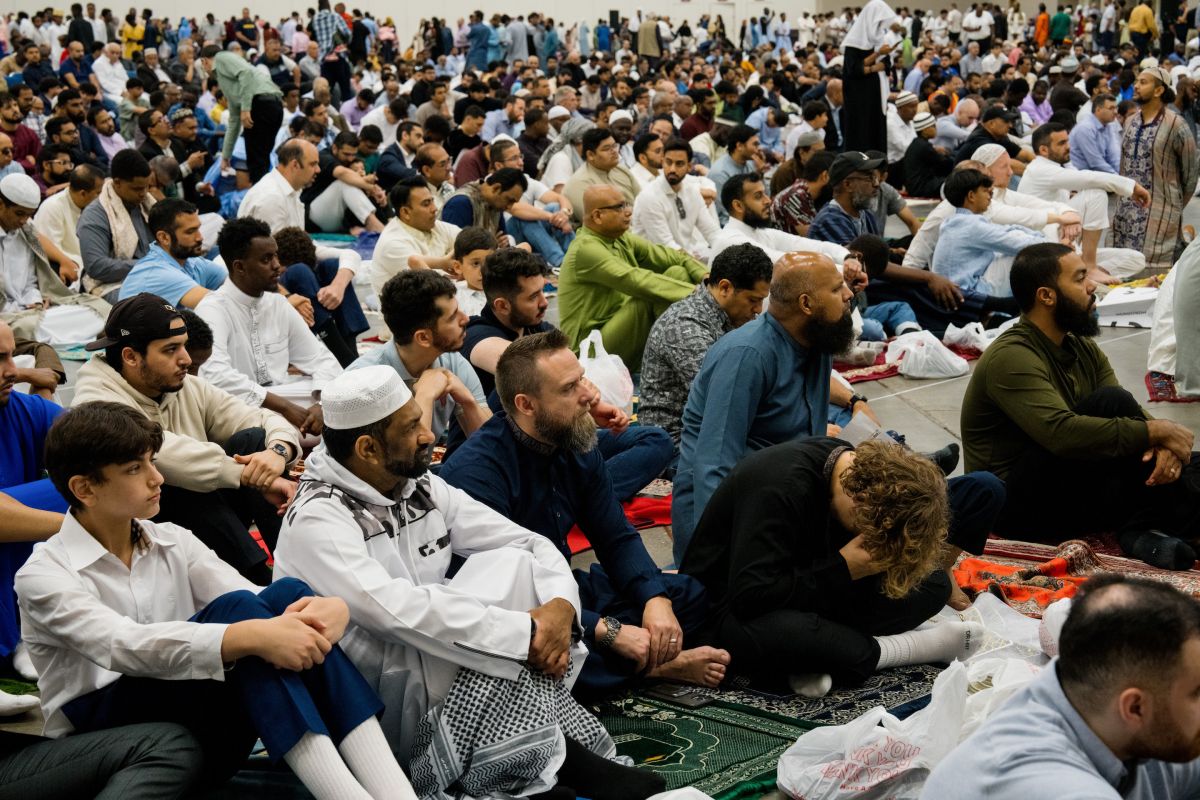
It was a visually stunning scene, as Qureshi put it, with community members representing different cultures and ethnicities – from White people to people of African descent, others of Asian descent as well as Middle Easterners and Arabs.
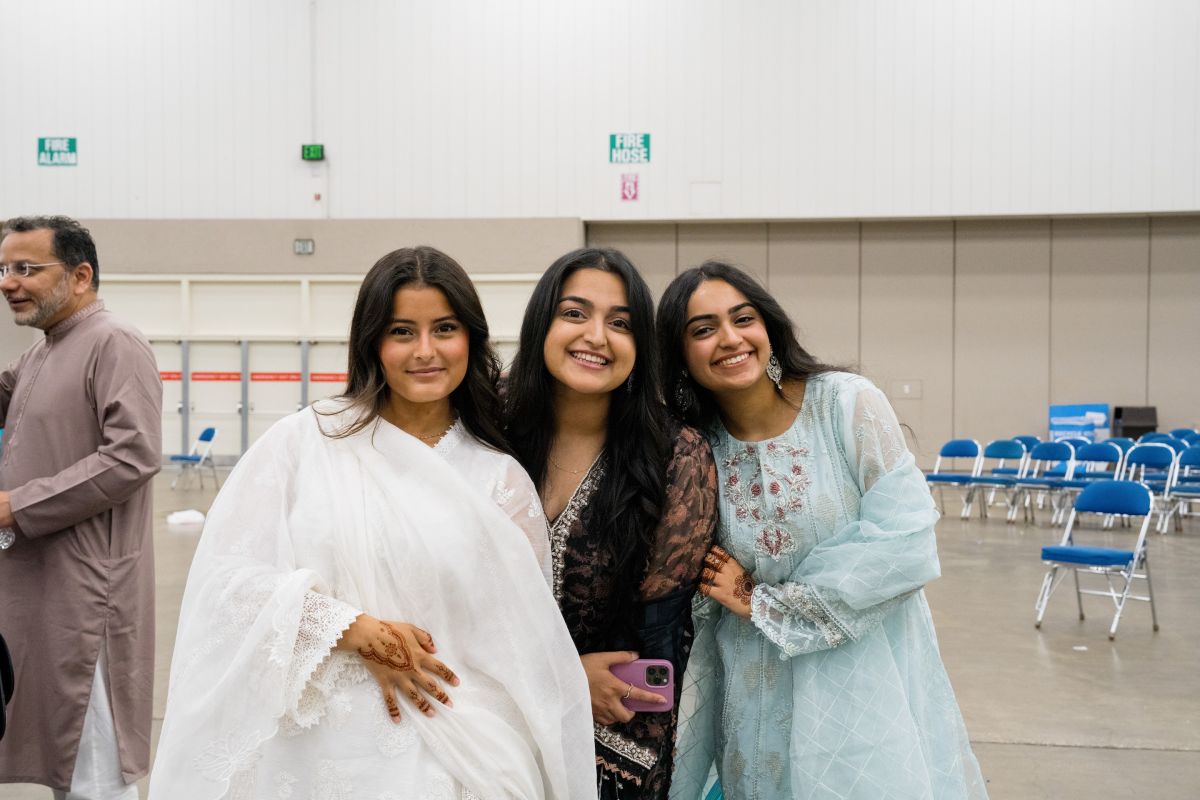
In addition to the colorful outfits and traditional fashion statements, many were also clad in keffiyehs – a scarf with a distinctive woven pattern that represents solidarity with Palestinians under Israeli bombardment.
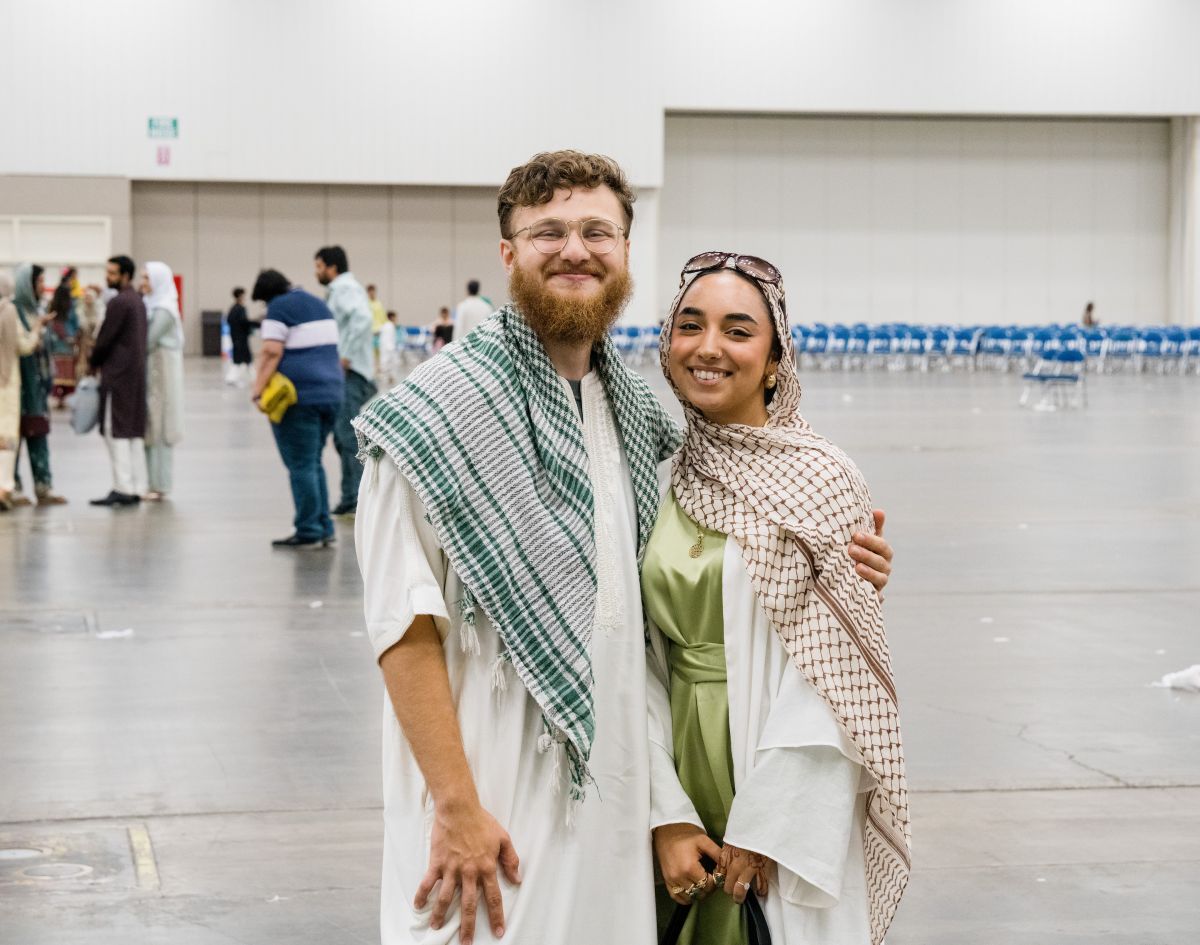
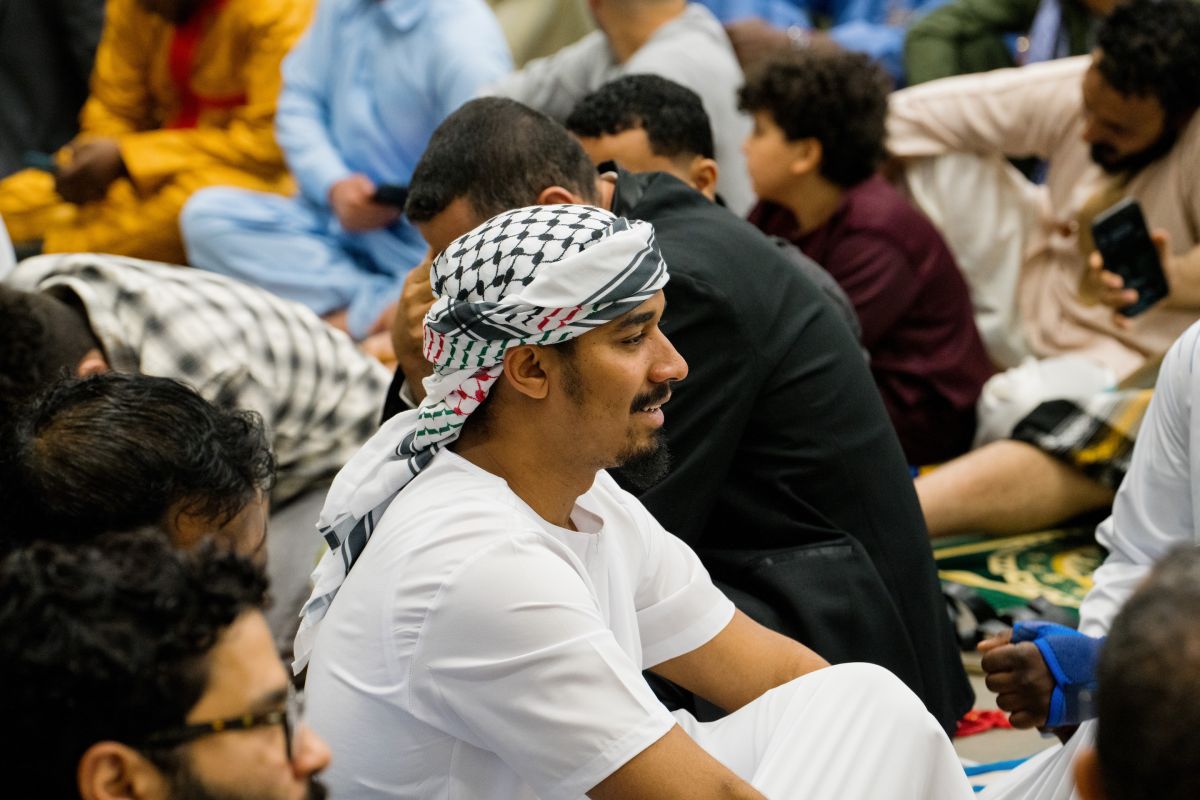
The gathering in Indianapolis is a microcosm of celebrations taking place in many other places.
Nearly 1.8 billion Muslims across the globe are celebrating Eid al-Adha. It’s the most revered holiday in the Islamic calendar. It is one of two holidays, the other being Eid al-Fitr. The hallmark of both holidays is spreading joy, buying new clothes for children and increasing charitable giving.
In Islamic tradition, Eid al-Adha is a celebration of Abraham's readiness to sacrifice his son Ishmael as an act of obedience to God. As Abraham was about to sacrifice his son, God gave him a ram to sacrifice instead, which is why Eid al-Adha means the “festival of sacrifice” in Arabic.
Muslim families that have the means sacrifice an animal like a cow or a sheep and, as per Islamic teachings, keep a third of the meat to feed their family, a third to feed their friends and a third to give out to people in need.
The holiday is also a celebration of the end of Hajj –– the journey of pilgrimage to Mecca in Saudi Arabia –– which millions of financially and physically capable Muslims have to undertake at least once in their lifetime.
The three-day holiday usually starts with a morning prayer.
At the convention center in Indianapolis, people stood shoulder-to-shoulder mindful of not leaving any gaps in-between, as they performed the Eid prayer.
“It's beautiful to see, we don't know anyone, but we greet each other like we've known each other for years,” Qureshi said. “So that's the most beautiful thing about Eid, and especially the little kids –– seeing them smile. Growing up, our parents would always say, 'Eid is for the kids.'”
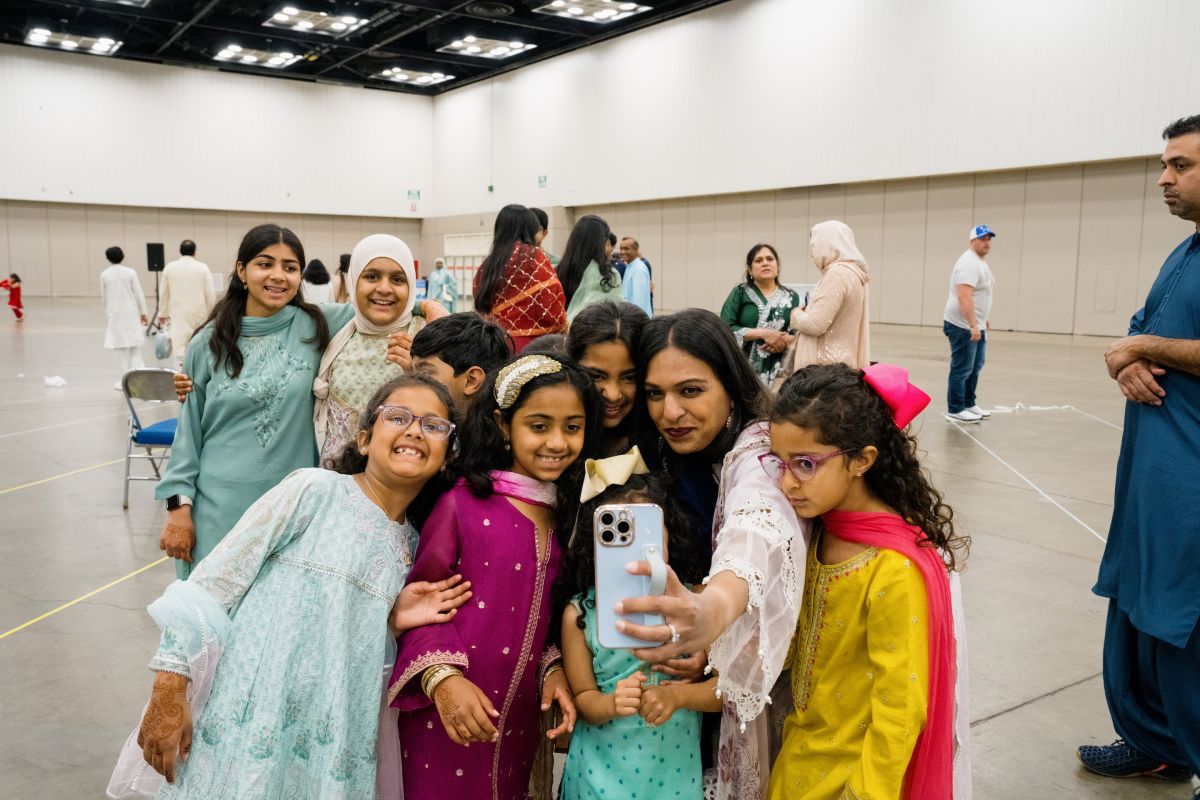
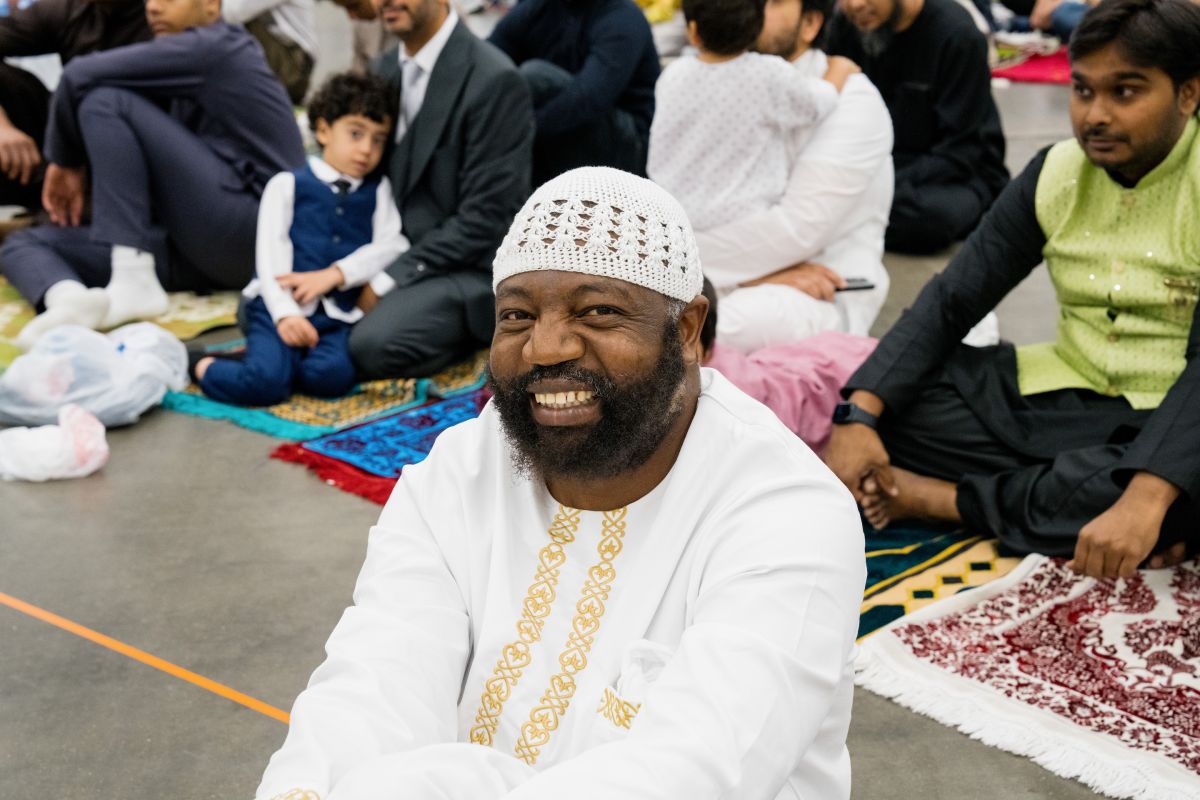
The event was organized by five different congregations in Carmel, Fishers and Indianapolis: Alhuda Foundation, AlSalam Foundation, Indianapolis Muslim Community Association, Al Mumineen and Masjid NuruAllah.
Majdi Abu-Salih, a physician and president of Alhuda Foundation, said that having a unified gathering is important because it’s recommended in the Islamic faith that the prayer celebrating Eid be gathered as one large group in an open space.
“We want to gather the Muslim community around Indianapolis to show that we have this large community gathering together in solidarity, showing that we have the freedom to practice our faith in this country, and we are so proud of this,” Abu-Salih said.
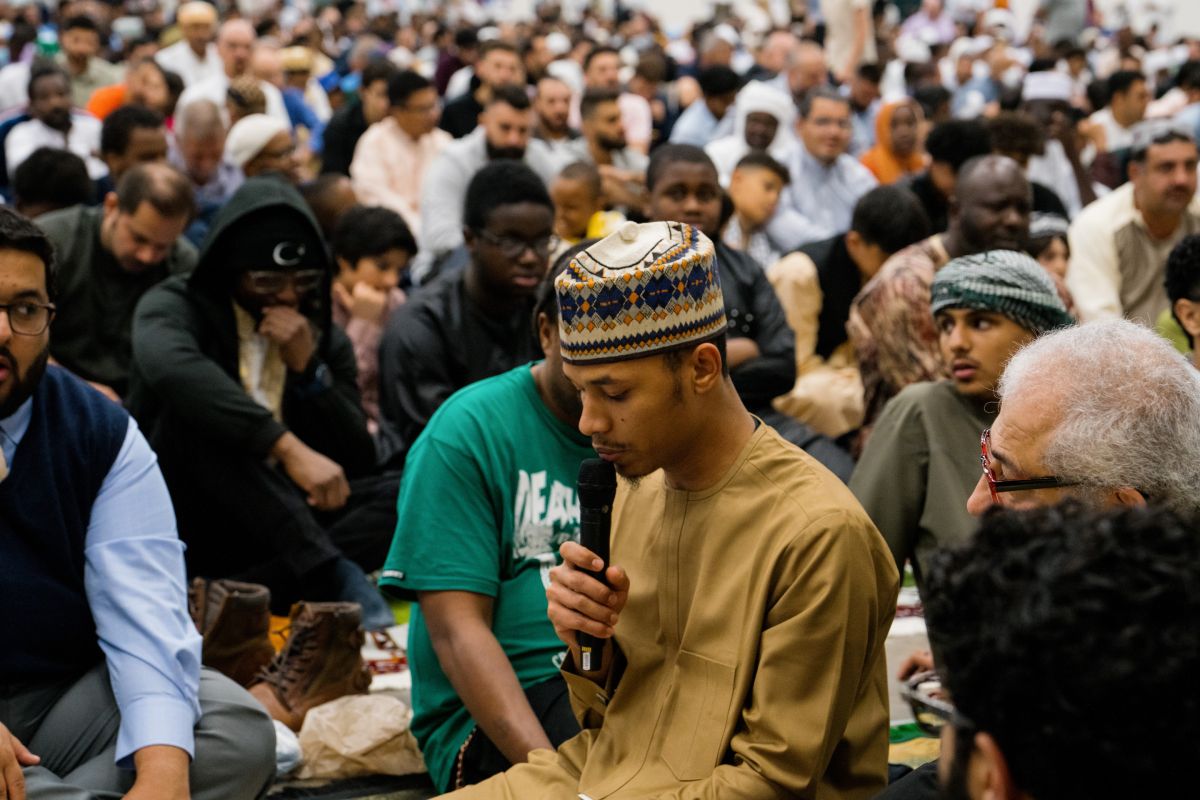
Holidays like Eid al-Fitr and Eid al-Adha follow the lunar Islamic calendar. This means that their observance dates vary every year.
In Muslim majority countries, schools and workplaces are given all three days off to celebrate Eid. It’s not the case in the U.S. and that’s something that causes some anxiety to parents of school-aged children, said Ronia Hawash.
“Eid is unfortunately a day that your kids miss school, and this is one thing that I would love to change one day,” said Hawash, an associate professor of economics in Indianapolis.
Hawash said this year Eid days happened to be during summer break, but other years it may be during the peak of the spring semester for example. Sometimes the children may have an exam or an important lesson scheduled on the same day of Eid, which leaves them anxiously choosing between showing up for school or observing their religious holiday, she said.
“Maybe this day would be off for everyone – like Christmas and other religious holidays. Or at least teachers decide not to give exams or really important classes, just to take into consideration that this is a religious holiday for Muslims in this country,” Hawash said.
Still, the Indiana Eid festivities are a much welcome way to quench some of Hawash’s nostalgia for the big, warm get-togethers and the delicious foods she grew up with in her home country of Egypt.
“Here [in the U.S.], it is a reminder for myself and a reminder for my children, that we are a big community, that we are supporting each other,” she said. “It's more of an affirmation that you have people that are having the same religious beliefs as yours."
 DONATE
DONATE


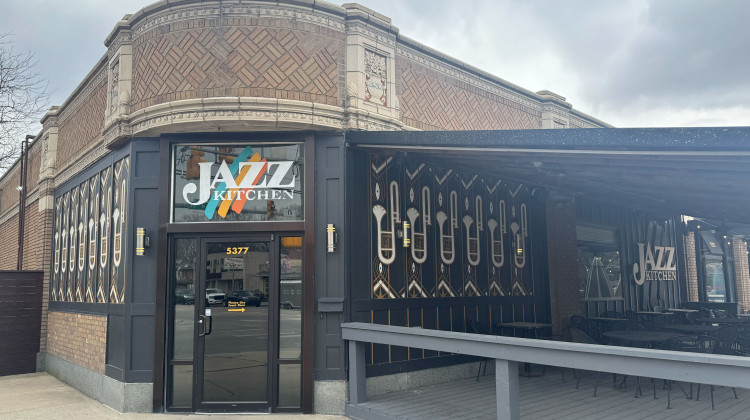
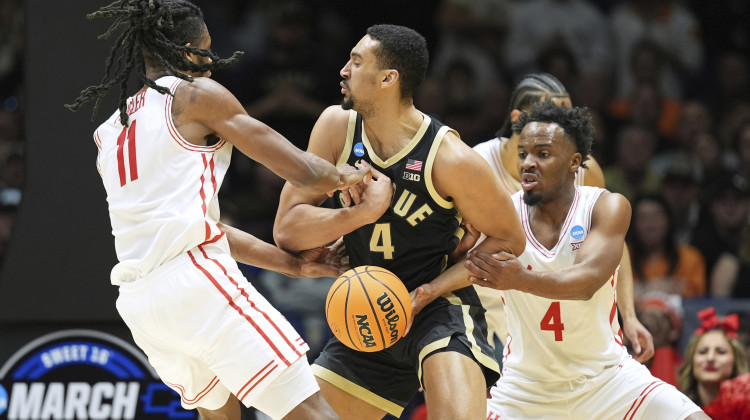
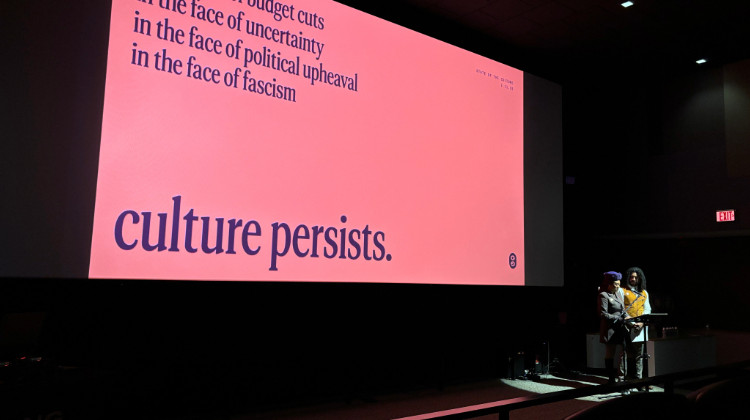

 Support WFYI. We can't do it without you.
Support WFYI. We can't do it without you.